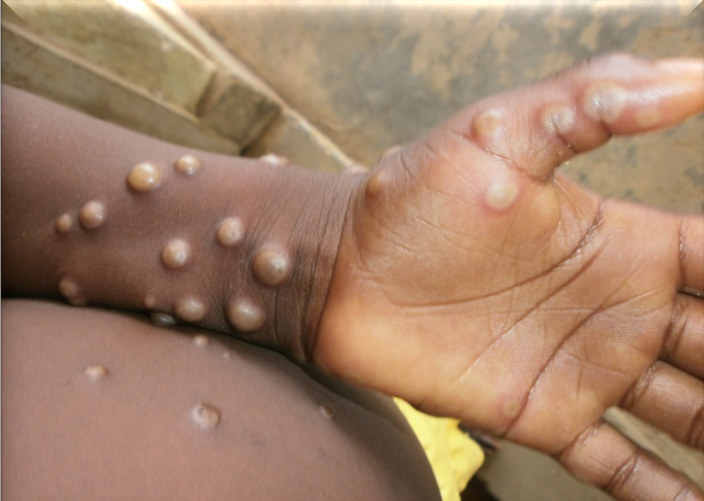New York, Sep 12 (IANS) Eleven per cent patients with mpox (formerly known as Monkeypox) also had eye-related conditions such as conjunctivitis and eyelid lesions, according to a study.
Mpox virus is transmitted primarily through close physical contact and causes a disease with symptoms similar to smallpox, although less severe.
In May of 2022, the virus saw a major outbreak, spreading to more than 100 countries and causing over 86,900 infections across the world.
Researchers from the Clínica Especializada Condesa Iztapalapa in Mexico City, Mexico retrospectively described that out of 100 cases of confirmed mpox between September and December 2022, 11 (11 per cent) had ocular manifestations, of these 9 (81.8 per cent) were people with HIV.
“We suggest that in moderate and severe mpox disease an ophthalmological evaluation should be performed,” wrote the team in the paper published in The Journal of Infectious Diseases.
Of the 9 who had HIV, 6 were receiving antiretroviral therapy. All patients had classic mpox lesions, most often on the trunk (81.8 per cent), anogenital area (72.7 per cent), arms or legs (72.7 per cent), face (72.7 per cent), and palms and soles (45.4 per cent).
The most common systemic symptoms were fever (72.7 per cent), muscle pain (72.7 per cent), weakness (63.6 per cent), swollen lymph nodes (63.6 per cent), and headache (45.4 per cent).
The most common findings in the 11 patients with ocular conditions were follicular conjunctivitis also known as pink eye (6 patients), eyelid lesions (6), episcleritis (inflammation of the clear tissue layer covering the white parts of the eye; 1), and keratitis (inflammation of the cornea; 1).
The eye conditions resolved within one month in all but the keratitis patient, who improved after treatment with topical interferon alfa-2b (the antiviral drugs recommended for severe mpox aren’t available in Mexico).
There may be cases with severe ocular affection and with a permanent vision impairment, even in immunocompetent people.
The researchers noted that the 11 per cent rate of ocular manifestations is higher than those reported in previous studies, probably because they included an ocular assessment in the initial physical exam, and an ophthalmologic exam was performed for all patients with moderate to severe skin lesions.
While most patients with ocular manifestations had HIV, the patient with keratitis did not, “which could reflect that severe ocular involvement is not exclusive to people with immunosuppression,” the researchers said in the paper.
“There may be cases with severe ocular affection and with a permanent vision impairment, even in immunocompetent people,” they said.

